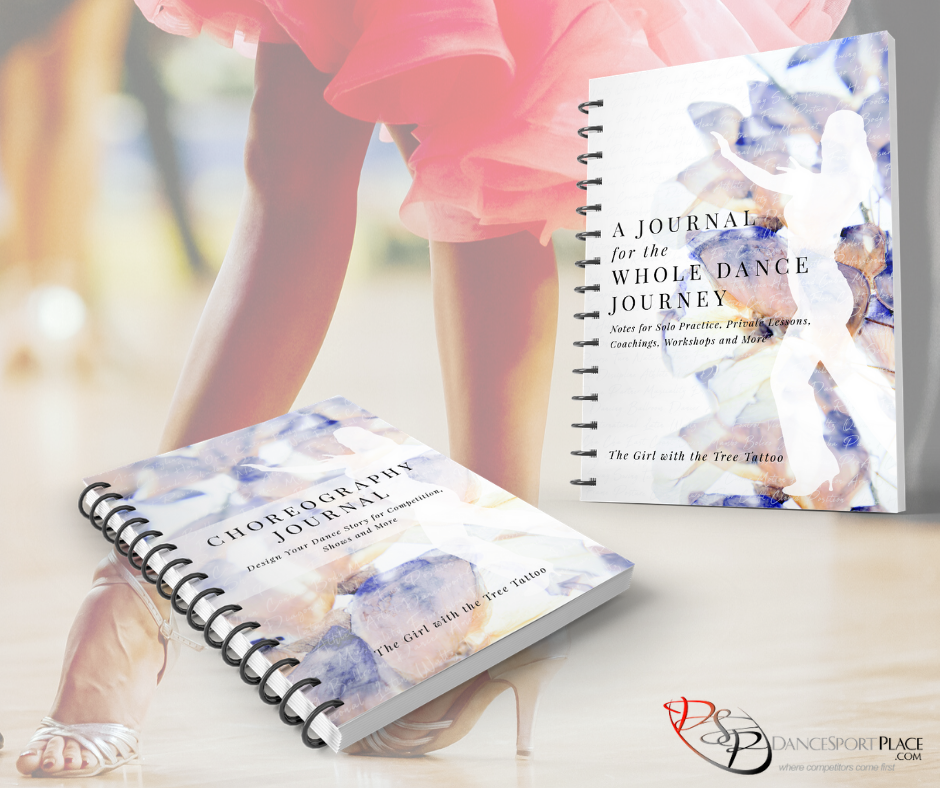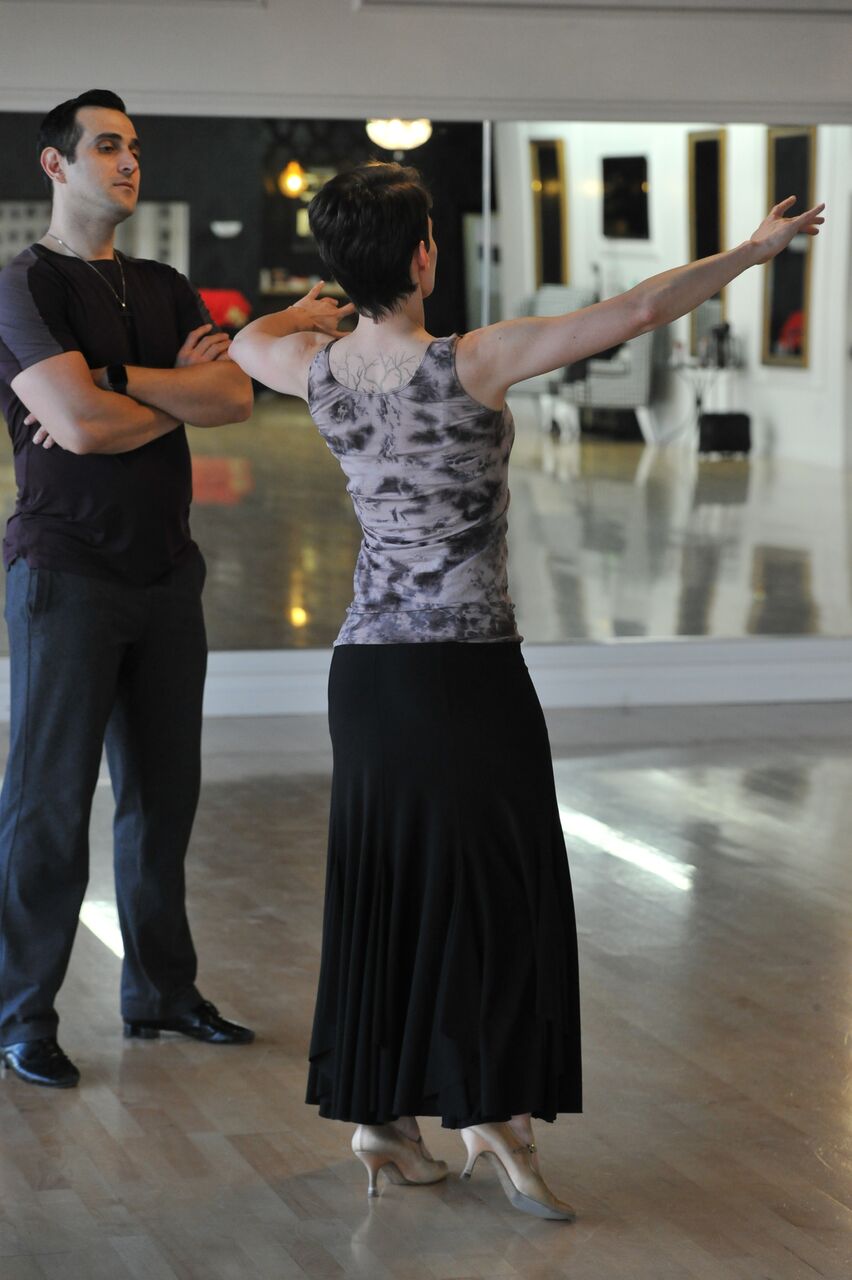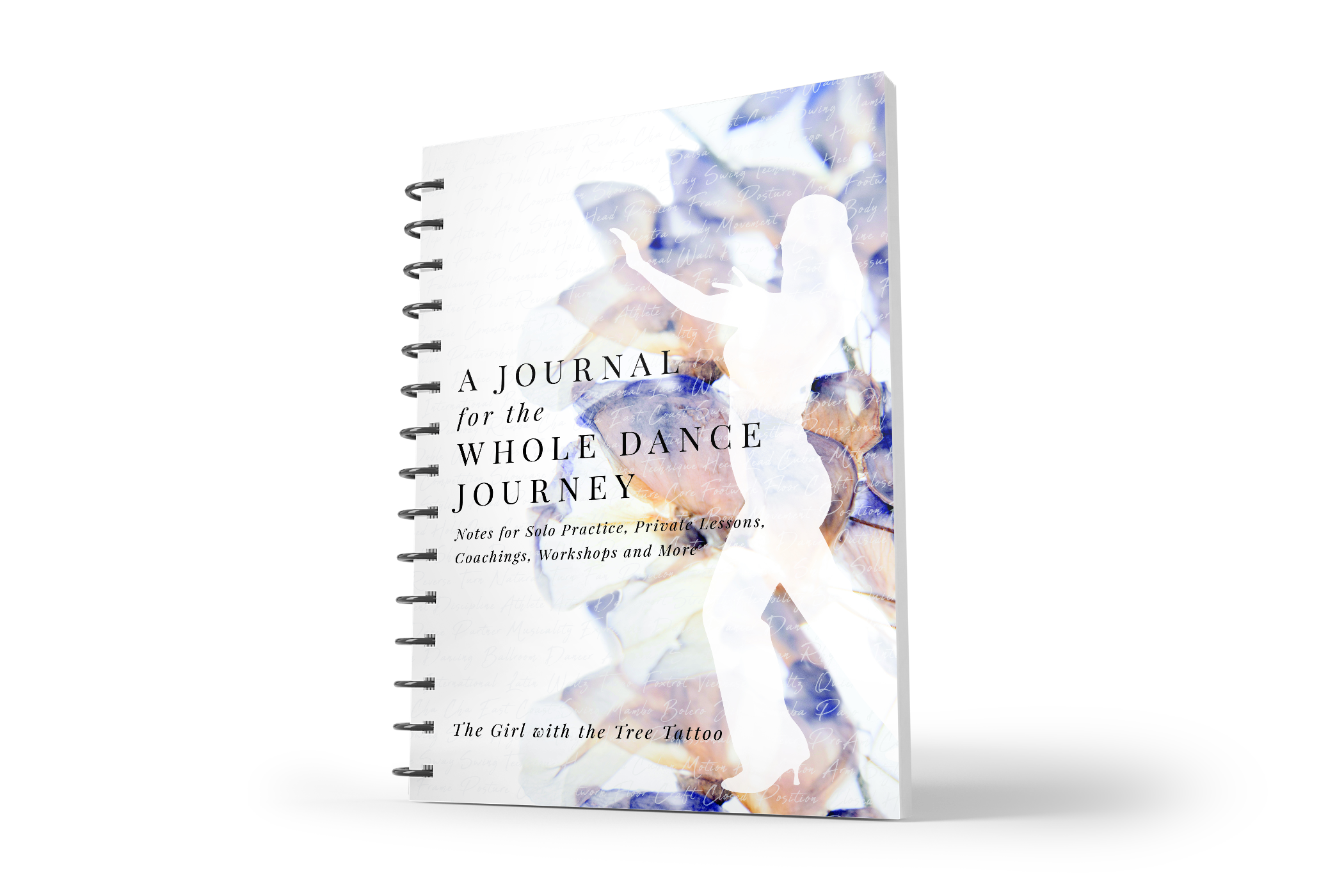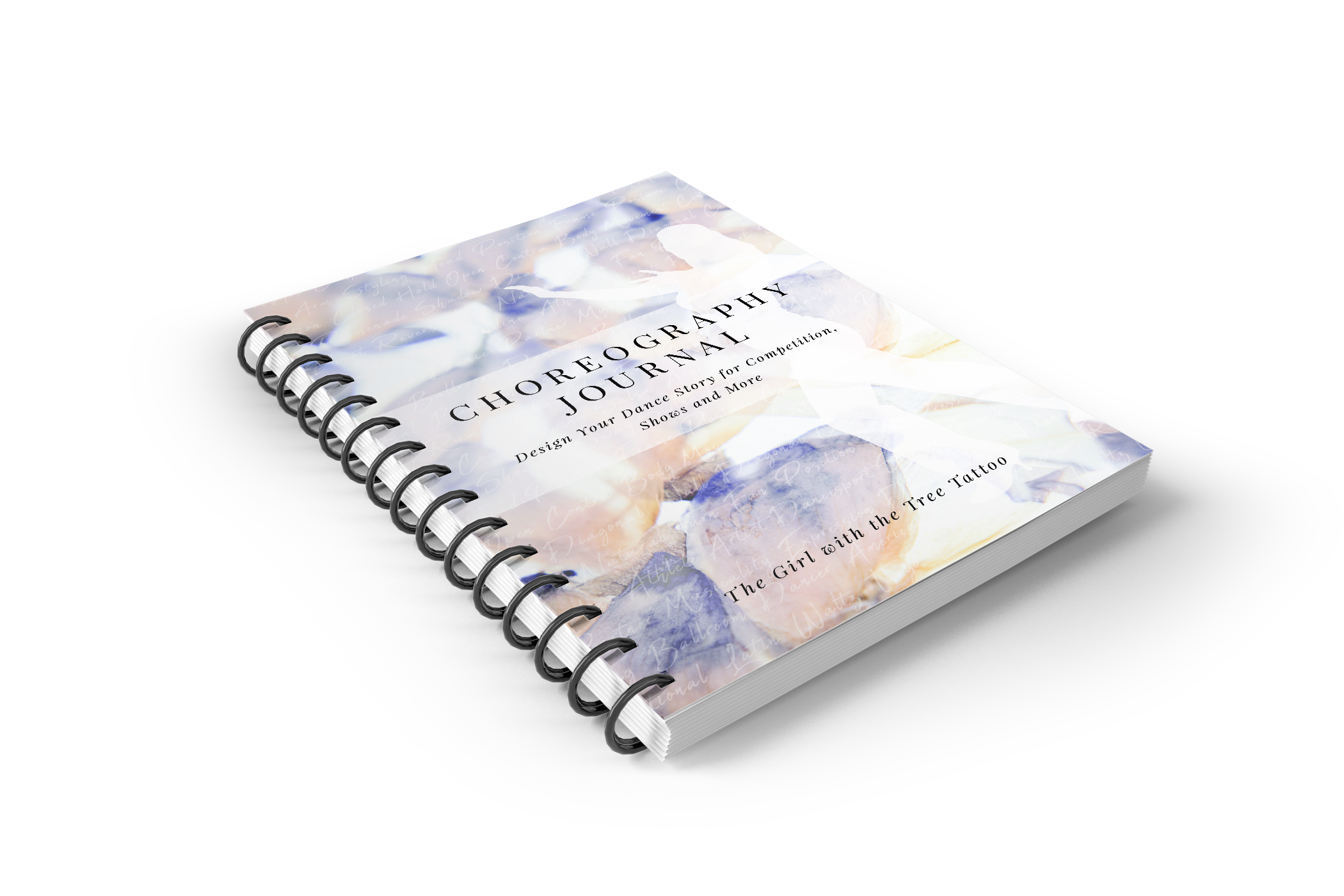
I’ll definitely remember that!”
Who hasn’t said that to themselves in a frenzy of inspiration after your coach’s words finally clicked???
Listen, we all have experienced lessons that flip our perspective 180, or turn on light bulbs so brightly that we proudly think we’ll remember every detail our coach has just transmitted to us.
Unfortunately, the door to the studio magically transports us out of the “zone of dance genius” back into the real world, and often many of those new groundbreaking dance discoveries don’t stick with us past the parking lot.
Beyond “Do it Again”
So, how do we capture these breakthroughs past our 45 minute lesson?
Of course, you know very well how muscle memory works. It’s the “sticky stuff” that ensures those 100 cucarachas you just practiced will be connected permanently from your brain into your motor skills.
Nothing can take the place of physically practicing your skills to improve your dancing, but there are other methods that can help secure into your mind the nuances and details you’ve learned.
Visualization is one of them.
Another way to hang onto the details is taking a video.
Of course, here at DanceSport Place, we love video as a means to learning, but don’t forget about using good old-fashioned note-taking!
In fact, both can be useful in different ways to help you retain those valuable dance secrets you just dropped serious coin on.
Spending a few minutes taking notes can stretch your dance dollars even further, if it means you are retaining more info from each lesson.
“The very nature of handwriting means you have to write and organise as you are thinking, and that kind of organisation affects how you are interpreting the information.
“It’s the way the handwriting forces you to organise your thoughts that leads to deeper processing.”Dr. Jared Hovarth, PhD, University of Melbourne’s Science of Learning Research Center
What sets handwritten note-taking apart from other retention methods, is it combines the motor skill of writing (making it “sticky”) along with the notetaker’s need to summarize and capture the heart of the lesson in their own feeling.
All in all, this boosts memory!
Personally, I have dance journals from over 30 years ago, when I was a ballet student in NYC. I would take notes of both class choreography I liked, along with technical and artistic notes teachers gave during the class.
Now that I’m a coach myself, I still use a journal, but it’s mostly my choreography for shows and routines. Some pages are sections of written choreo with timing, others look like a football coaches playbook, with circles and squares to show where dancers are moving or changing partners in different sections.
When I’m choreographing multiple pieces, it helps me so much to reference my journal, to bring me back to the patterns, timing, spacial movement and even feeling I was thinking of for that particular piece.
If you haven’t yet incorporated journaling into your dance learning, it goes beyond simply a place to document what you’ve done.
You can also use it to build good practice habits, set intentions and chart your progress.

Katie Flashner, dance blogger at The Girl with the Tree Tattoo, has developed several tools to help dancers maximize their dance lessons and practice time, while in the process of achieving their dance goals.
Katie has the heart of a dancer, but is living out her dance dreams with a modest budget. (who isn’t, after all?!)
This consciousness of making every dance moment count has been the inspiration behind her work.
With that in mind, she’s just debuted two new journals, A Journal for the Whole Dance Journey and The Choreography Journal.

A Journal for the Whole Dance Journey
My old dance journals were simply jotted on your standard blank notebook, but Katie’s Whole Dance Journey journal is designed to help the dancer become more efficient in their approach, by offering prompts, checkpoints and progress trackers.
I love this customized approach, and here’s why:
When you’re a beginning dancer, you can easily see huge leaps in your progress because everything is new!
If you’re reading this blog, though, you are probably a dancesport competitor of some experience by now. As a more seasoned dancer, we often don’t see the advancement we are making, because change at this level happens more subtly.
Tracking your notes, feelings, intentions, and even practice time helps you to look back and see steady growth in your dancing, even if you don’t always feel it.
This journal’s pages contain these kind of helpful prompts and trackers, but also plenty of space for your own notes and ideas.

The Choreography Journal
As a dance coach, one of my pet peeves is dancers not remembering the choreography on their next lesson. This is such a time waste for both me and the dancers!
I don’t expect the choreography to be perfect, (working on it is what lesson time is for) but I do expect dancers to remember what we did, pattern-wise.
It is such a better use of your valuable lesson time to work on the dancing itself, rather than review steps.
The Choreography Journal is a brilliant idea to help dancers remember their choreography.
Even if you take video of routines, try it as a supplement.
There is space to jot down both timing and patterns, which would be particularly useful to reference while you’re watching your video. (you know, like in your cha cha, where your timing is a mouthful of &s and a’s).
You can also notate the character or story in your journal and there is blank space with a helpful floor diagram to map out how your routine spatially moves around the floor.
I mentioned earlier about visualization as a supplement to physical practice, video and writing.
It may not be as talked about as often, as practice time or reviewing video, but it’s an underutilized power tool for peak performance.
Professional athletes and world-class Olympians alike rely on visualization to not only help perfect their skills, but also improve their mental readiness to compete.
Imagine using your Choreography Journal to guide you through a competition or performance: with that, you could “rehearse” right rom your desk at work or use the flight time heading to a competition as practice time!
“The more an athlete can image the entire package, the better it’s going to be.
Dr. Nicole Detling, PhD, U.S. Olympic team sports psychologist
Improve your Dancing: Write Your Dance
Your development as a dancer goes beyond learning how to move your body. It is a holistic evolution, where heart, expression, character and emotion are created through movements.
Taking the time to chart your journey through journaling can lead you to faster progress, as well as the satisfaction of seeing your growth over time.
If you use a journal for your dancing, comment below how it helps you.
If you haven’t started yet, check out Katie’s journals to guide you to write your dance.
- Write your Dance: Improve your dancing through journaling - November 12, 2019
- The Difference Between Oversway and Throwaway: Ballroom Video Preview - June 8, 2018
- Principles of Movement: Ballroom Basics Video - September 21, 2016





Great post!
Thank you for taking the time to stop by!